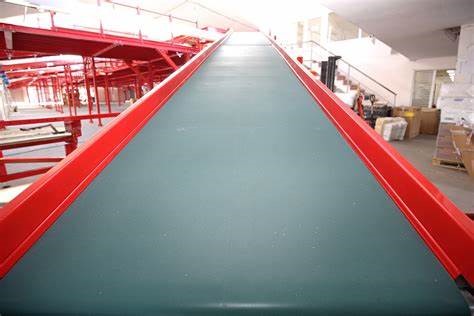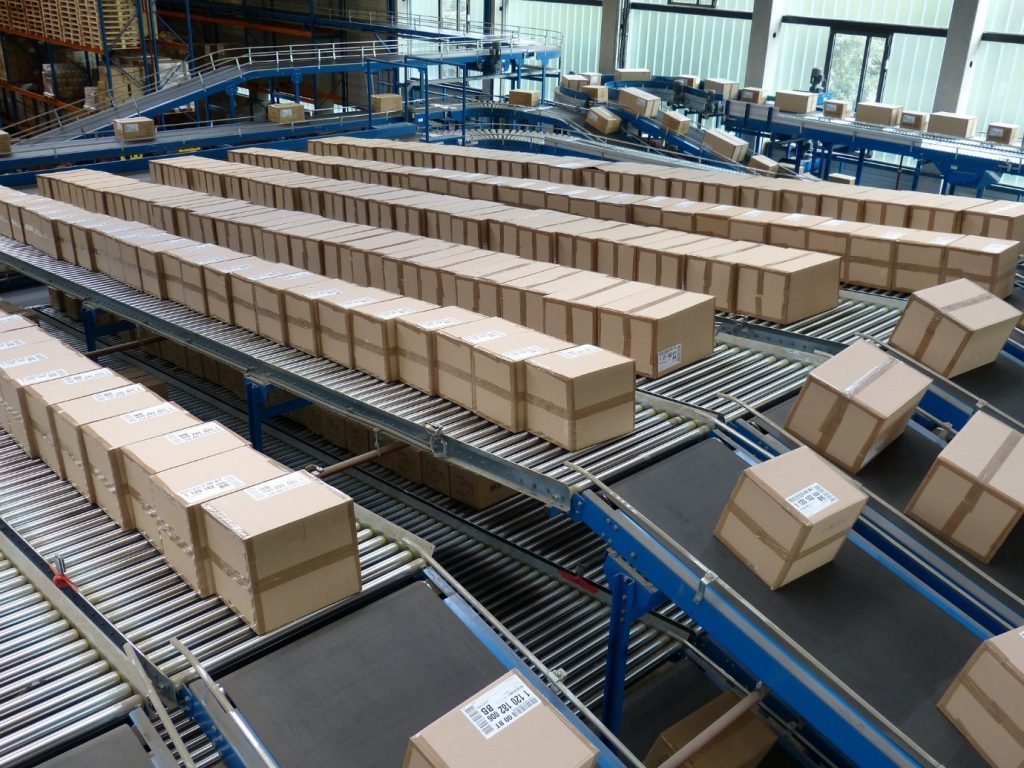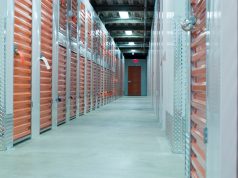
Various organizations use specific techniques to help them achieve their best performance and sometimes one cannot do without them. Especially in the food and products industries, many tools and technologies are necessary for the successful implementation of products. One such is the conveyor belt.
If you have never heard of this before or are not sure what it is, this guide can give you some insight, as well as the article below. Conveyor belts, carry items from the end of an area to the next and are often used to transport your luggage in an airport from out of the airplane cargo holding to the main lobby where you can collect it. It works via a “conveyor system”, which is comprised of various “pulleys”.
Two Main Categories of Conveyor Belts
This pulley is powered by electricity and there are two main types of conveyor belts.
Material Handling: these move boxes along a big strip and are usually used within factories and warehouses.
Bulk Handling Pulleys: The main purpose of these is to provide a means to continuously transport bulk materials. It transfers large items such as agricultural materials, salt bags, ore and are the heavier items that one person would normally not be able to do.
These two categories can be further divided into various types.
Industrial Food Grade Conveyor Belts
These are most commonly made out of Polyurethane materials which are often deemed the safest material when handling food items and are thus used in sectors where there needs to be a high standard of hygiene and safety. For instance, factories that manufacture food and consumer products use these. As well as food preparation industries that prepare various types of foods in bulk for consumer use.
Many grocery stores have their factories, and these are the ideal material and types of belts used. The reason for this is because it has closed pores which makes it hard for any bacteria to penetrate through it, and resists contamination and adhesion. It is an easy to clean material and
Plastic Modular Belts
These are some of the best types to use in most industries. This is because they are durable, have a high strength factor and can be used on a variety of surfaces. They are used in bakeries as well and can range from a plastic surface to a wire or metal one: in-bakery.com. Due to the plastic material used, it can easily go around a curve or a band and not get hindered. It is also easy to clean them and a wide range of goods can be transported from one end to the other.

Industrial Power Transmission Belts
Also known as a mechanical surface, this is made from a flexible material and rotates on a shaft automatically. They help to transmit power, are looped over a pulley system, much like the industrial belts and have two pulleys on either end.
Online websites such as beltingedge.com can give you a good idea of which ones there are and the sub-categories of them. They come in many profiles and knowing which one is the right one for your purpose will make all the difference.
Other Everyday Type of Belts
Belts are used in many places, including in your car. The timing belt, V-belts and serpentine belts in a vehicle, however, are not as large as the ones you get inside of factories and manufacturing plants.
They are however essential components to the running of the car and without one your car would not be able to move, or it would make annoying squealing and screeching noises, fluid contamination, or lead to an engine overheating to name a few faults. All modern-day cars and vehicles have to have this in them.
They would typically be winded around the engine, and are responsible for carrying power to the rest of the vehicle’s parts as well as making things work properly. For instance, without it, the air conditioning, water pump, power steering and alternator would not work. These are usually made out of a rubber material and need to be changed every 70,000 depending on the car and the amount you drive.
In Conclusion
As more and more manufacturing industries are opening up because of the high demand for food supplies, new technologies and innovations, not to mention the desire for things to be done quickly and easily, the need for this equipment necessitates the right systems to improve on efficiencies.
As a cheaper alternative to some of the more robust and impractical systems on the market, getting a conveyor system installed in your factory or manufacturing plant can help significantly improve production levels as well as save costs. They are simple, inexpensive and often easily adaptable to most environments as they can be manufactured according to stringent and precise standards, as well as size.












